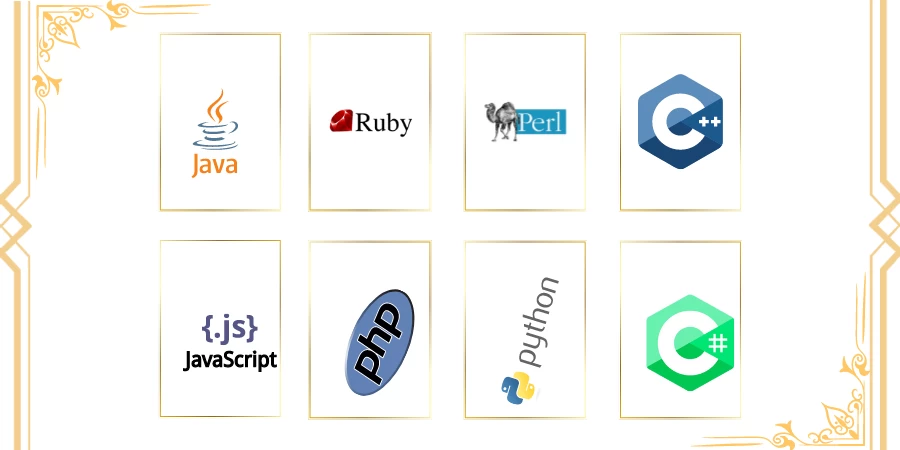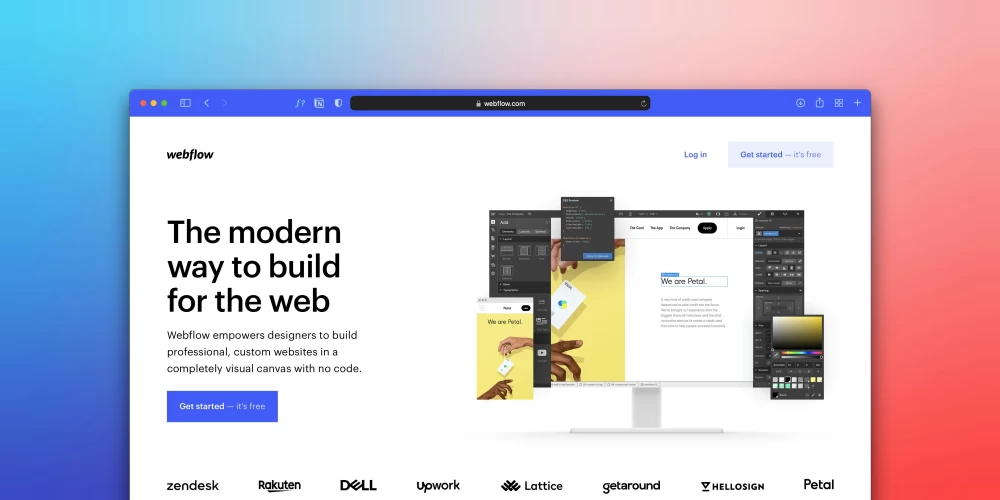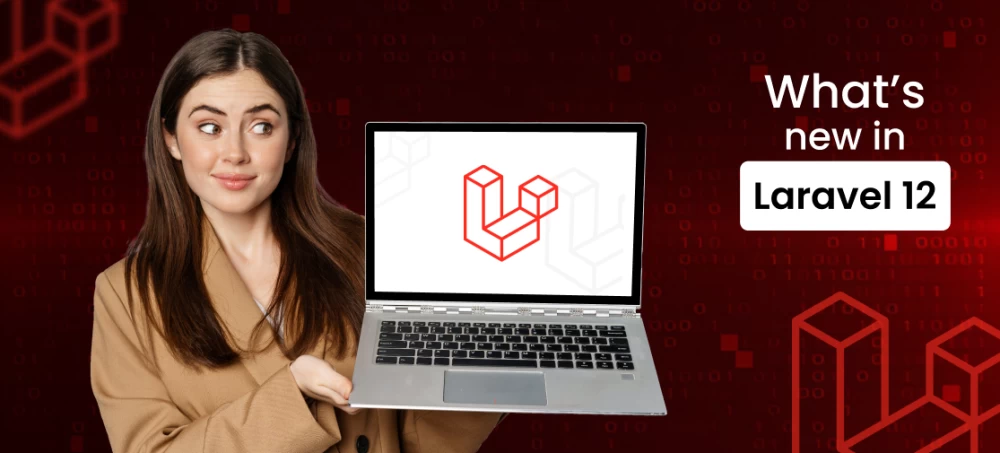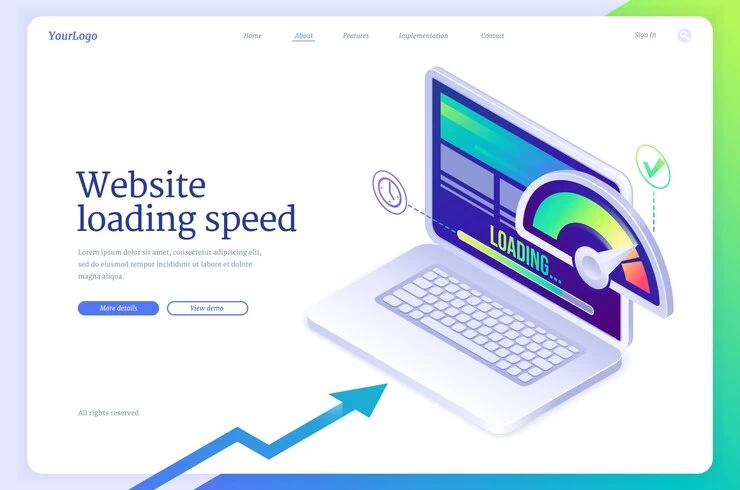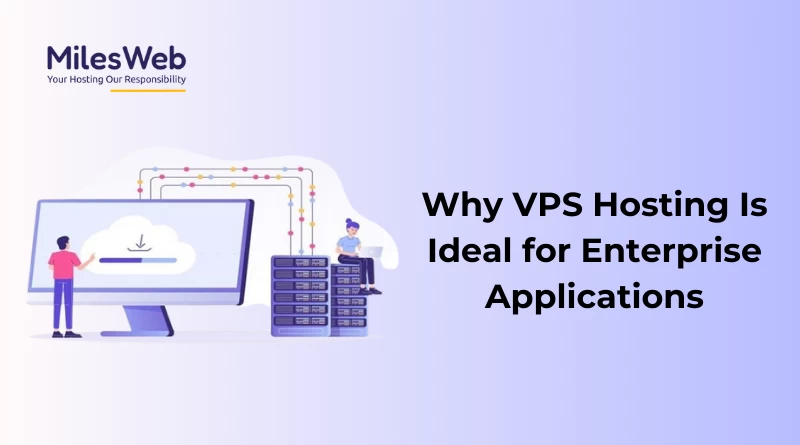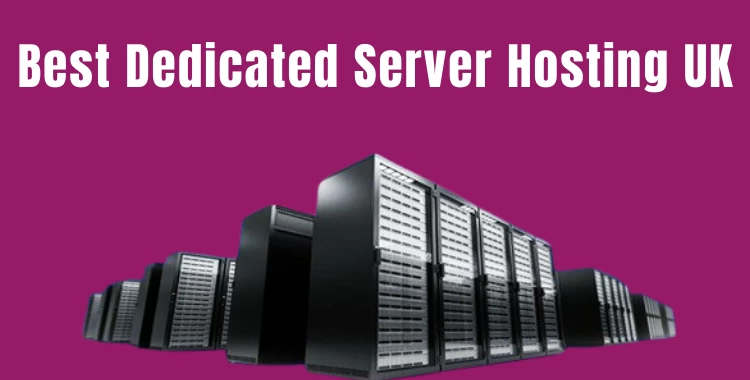Table of Contents
Information Technology drives almost all businesses these days and it has a major impact on overall performance. The software consists of a front-end as well as a back-end and the former is what the end-user sees, whereas the latter is the infrastructure that supports it.
Back-end consists of the database, server, and application.
The user makes use of the front end to make a request, which is then processed by the back end and the result is displayed on the front end.
Micro businesses can leverage Information Technology to their advantage and compete with large firms. Setting up a robust IT infrastructure will require an investment from the micro business but it will pay dividends in the long run.
In this blog, we will have a look at the options micro businesses have for back-end systems.
Back-end Technologies for Micro Businesses
There are several options available to a micro business for selecting the back-end technology. We will discuss all the major platforms which are currently being used for the back end.
JavaScript
With the help of Node.js, you can execute server-side operations under JavaScript coding technology. It is also important to understand that Node.js works as a platform and uses Express.js as its server-side framework.
In simpler terms, Express.js is an open-source backend framework for Node.js. Application development is streamlined due to frameworks and also improves the general user experience.
Features of JavaScript:
- Speedy Development: It can be used both as front-end and back-end technology, making it easy to produce both mobile applications and web applications with it.
- Less Overhead: It has built-in features for DOM access and hop etc., which leads to fewer scripting overheads and improved performance.
- Lower cost: Backend scripting of JavaScript performs in a very efficient manner. The same language is used for software’s front and server-side coding. This reduces the budget and effort required.
- Open-Source Community: JavaScript has an open-source community and back-end developers have a chance to get reviewed. This leads to an improvement in back-end coding.
- Input/Output Request Handling: Express.js in addition to node.js has enough capacity to handle thousands of notifications and input/output requests from application users
Python
It is a popular all-purpose programming language created by Dutch engineer Guido Van Rossum in 1991. It has an easy-to-use syntax which is almost like the English language. At present, it is considered one of the most sought-after backend languages.
- Easy Code: The core competency of Python is its easy-to-understand code, which makes it ideal for new programmers.
- Libraries: Python library codes include those for browsing, regular expressions, databases, email, browsing, etc. As a result, back-end engineers don’t have to write each code manually.
- Cost: Python is an open-source programming language and developers can use free extensive libraries and other sources for their projects.
- IoT: Electronics applications are possible by making use of modern features of Python and Raspberry Pi.
Ruby
Ruby was developed by Japanese Computer Scientist Yukihiro Matsumoto in the 1990s. It is similar to Python, Java, and Perl. Ruby is used for web applications and is considered a favorite for prototyping.
Tech companies like Airbnb and Shopify are using it as a back-end scripting technology as it is object-oriented, scalable, and flexible.
Features of Ruby:
- Productive: Ruby is considered highly productive due to its easy code and extensive libraries. Developers need fewer separate documentation with this language.
- Metaprogramming: Ruby also has a metaprogramming feature in which computer programs have the ability to treat other programs as their data.
- Testing: Ruby has testing automation features with valuable libraries which make it happen.
- Fast and Stable: Ruby takes considerably less time in scripting a code and is quick for requests. It is more resilient due to its object-oriented characteristics.
PHP
PHP was introduced by Rasmus Lerdorf in 1994 and is now a leading server-side technology. It is an open-source back-end technology that is used for websites. Approximately 79 % of websites use PHP as their server-side technology.
It is easy to use and to amend the information in databases. Along with this, there is the availability of several modern frameworks, a robust codebase, and a massive community.
Features of PHP:
- Platform Independent: Several free PHP libraries are available on the web which can be used for fast back-end development. You can run these applications on any platform including Windows, Linux, etc.
- Economical: With community support, it is cheaper to hire a PHP developer for your application.
- Simplicity: PHP frameworks enable developers to get the benefit of object-relational mapping (ORM) systems. It is also considered best for beginners.
- Automation: PHP’s scripting technology allows the automation of development tasks like session management, authentication, URL mapping, etc.
- Security: PHP has built-in security functions to safeguard against cyber attacks.
Java
Java is one of the robust backend technologies, which was published in 1995 by Sun Microsystems. It was originally developed by James Gosling in 1991. It has been used for years to make feature-rich web applications for many years now.
Features of Java:
- Scalability: Java is highly scalable as it permits numerous instances of server requests. The components are instantly available and clear-cut syntax makes it ideal for backend applications.
- Security: Java Virtual Machine examines Java bytecodes to detect viruses. Testing of reusable codes helps developers in avoiding security threats.
C#.NET
C# also known as C-sharp is one of the most prominent backend programming languages. It is an extension of C++ and one of the oldest programming languages. C# is commonly used for desktop applications and embedded systems.
C# is also used for game development using Unity-like platforms. Backend engineers use this to develop console applications.
Features of C#:
- Object-Oriented: This means that you can structure the code using classes and relationships.
- Cross-Platform: Applications that use the C# back-end can operate in different OS such as Windows, macOS, etc.
- Compatibility: It allows interoperability with older legacy systems. This backend technology is also useful for firms that are using old frameworks.
- Automatic Garbage Collection: C# has the ability to remove all the garbage accumulated in the system. This is needed for the quick execution of the program.
Perl
Perl was developed by Larry Wall more than three decades ago. It is a general-purpose backend technology. Although it is very old-fashioned, developers are still using Perl 5 for quick automation and prototyping.
Features of Pearl:
- Multi-Platform: Perl can operate with distinct platforms like Macintosh, Windows, and most UNIX variants.
- Open-Source: It also offers free and open-source libraries.
- Embeddable & Extensible: It can easily be embedded in C and C++ applications.
- Text Processing: The language is perfect for text processing and its latest versions also maintain POSIX-compliant systems.
C++
It is an extended version of the C programming language and was introduced with classes. The idea of object-oriented programming language is vital in the modern world to writing structured code using classes and defining their relationships.
It is one of the oldest programming languages and is mostly used in systems programming & embedded systems. It is a low-level language, which can interact with hardware resources. C++ can be used for gaming applications, database software, and Operating Systems.
Features of C++:
- Portability: One of the most important features of C++ is its platform independence as you can execute C++ applications on different OS and platforms.
- Memory Management: C++ provides complete control over memory to developers. This helps in managing memory effectively to execute the program.
- Object-Oriented Programming: C language does not support object-oriented programming but C++ does. This makes it more powerful and easy to code, making use of structured programming.
- Low-Level Language: C++ is a low-level language that is close to the system. Embedded systems make use of C++ as it can directly interact with hardware.
To Cut the Long Code Short:
So, there are several options available for setting up a well-oiled backend. A micro business has to consider all aspects before selecting a particular platform or a combination of them. IT systems are no longer a luxury for micro, small, or Medium Enterprises, they are a necessity!
For a well-oiled back-end system, choose the right platform, which fits your business requirement. Hire the best development team, who can set up the back-end infrastructure for you and catapult the firm to great heights.

